5 Beam Drills You Can Do At Home
August 17, 2021 4 min read 1 Comment

Want to master those beam skills but have no idea where to begin? The Gym Spot has put together some absolute must-do drills to help you master those skills and ace your beam routines in no time!
First things first, if you are not confident on a beam, make sure you start your drills closer to the ground and have matting available to you. This helps reduce the risk of injury occurring and can also help beginners build confidence before transferring to a higher beam.
Walk on a Beam
This may seem like an obvious one, but it is important to ensure that balance can be maintained. After all, what's the point of trying to do something more advanced if you can't balance, right?
This may be a casual walk over that can progress to the correct form, with pointed toes and then half turns. It may also be useful in this time to see if you can walk sideways on the beam to make sure that balance is maintained. These could also then revolve to dip walks and kick walks.
How to Maintain Straight Legs
One of the most essential components of training on a beam is straight legs. Many will have bent legs when starting, and it's essential that this is fixed before performing any other routines on the beam or within gymnastics in general. You can fix this issue by stretching beforehand, as this helps with flexibility.
To do this, ensure you have a mat and something that can elevate your back legs, such as a beat board or a plyo box. Start into a lunge position and then stretch into a split, but ensure you have your back leg on the beat board and force yourself to straighten your leg. This will develop the habit of ensuring your legs are straight when performing beam routines and should be implemented into strength and conditioning exercises.
Jump and Dismount Drills
Being able to jump on a beam sounds easy in theory, but being able to do a jump or a leap and then land perfectly on the beam with ease takes a lot of time and patience, as well as core strength and balance. The best way to start jumping on a beam is to simply jump off the beam onto the mat, as a lot of beam routines have the gymnast jumping off the beams to dismount and finish the routine. You can do the following when it comes to jumping off the beam:
- Straight pike: A vertical jump whereby the lower body folds at a 90-degree angle, creating an 'L' shape.
- Tuck jump: A vertical jump where the lower body (i.e legs) are tucked into the gymnast's chest.
- Straddle jump: Where the legs come out at a 60-degree angle on either side of the body once the gymnast is in the air. Ensure that legs come back together for a safe landing. It is also advised to work on this from the ground before performing this jump on a beam.
- Cartwheel: Find your ideal starting point on the beam (this may differ due to the gymnast's height). Ensure that when you kick over, you remain in a straight line. It is advised you use a floor beam with a mat underneath for this drill until you can adjust the beam higher to your needs.
- Round off: Very similar movements to a cartwheel, but instead, make sure that both feet touch the beam at the same time when exiting the manoeuvre.
The 'L' Turn
Due to its emergence in competitions, more and more commercial gyms have introduced this into their programs. The 'L' Turn or the 'Illusion Turn' can be something you can challenge yourself with as it requires a lot of hand-eye coordination, balance and core strength.
Before attempting this drill, you must warm up so that the correct muscle groups are activated when manoeuvring and helps reduce the risk of injury. You can do stretches, running on the spot or scissor kicks. Make use of resistance bands too to stretch your upper body. You can also do these conditioning and stretching exercises isolated from the Illusion Turn.
Always attempt to perform this drill from the ground before attempting from a beam. If it's your first time, make sure you have a coach nearby and do not attempt if you don't feel comfortable.
For more information on the 'L' turn, check out this informational video:
Aerial Assistance
This drill has been designed specifically to prevent injuries before they occur. This teaches you how to achieve an aerial on the beam and do it without forming bad habits that could be detrimental to your performance later. Ensure that you have been performing similar movements such as cartwheels and round offs before attempting this. Once you have perfectly executed the movement, you can then attempt an aerial on a matted floor, landing on either a crash mat or a foam, depending on your current training situation. Remember, practice makes perfect!
Disclaimer: The key is to take your time and not attempt to do something if you are not comfortable. We highly advise having a coach, parent or guardian assist you when performing difficult manoeuvres.
What other drills would you like to know? Let us know in the comments!
1 Response
Leave a comment
Also in Tips and Tricks
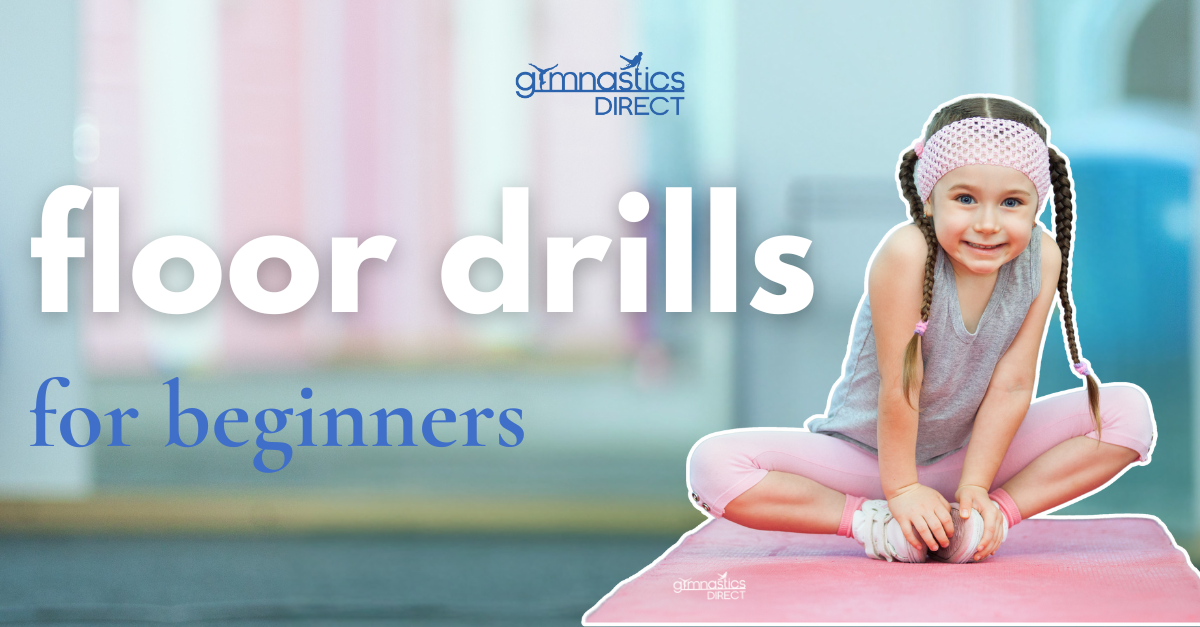
Beginner Gymnastics Floor Drills
August 20, 2025 4 min read
Learn essential gymnastics floor drills for beginners. Improve cartwheels, roundoffs, and handsprings with safe, easy-to-follow progressions.
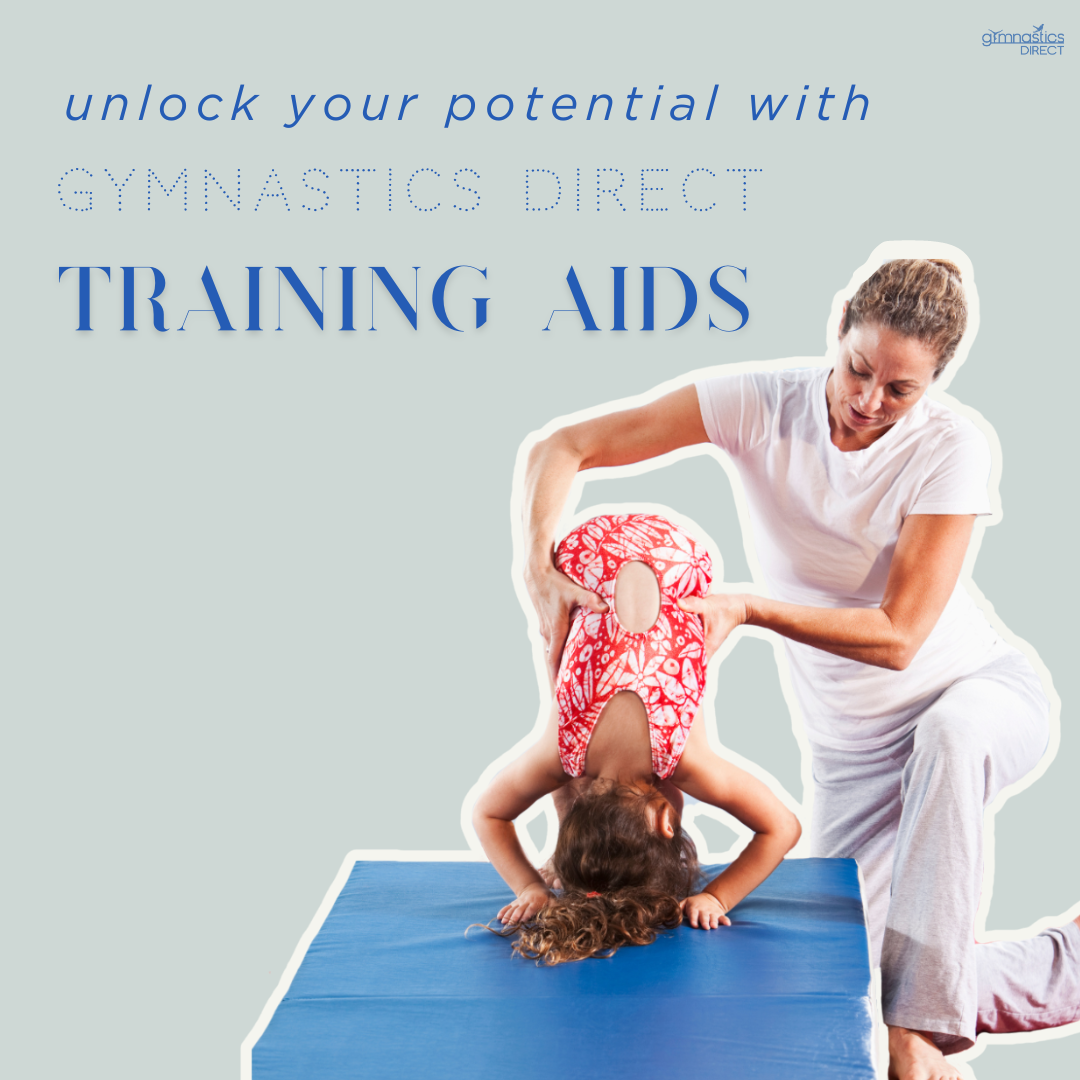
Unlock Your Potential With Gymnastics Direct Training Aids
April 19, 2024 3 min read
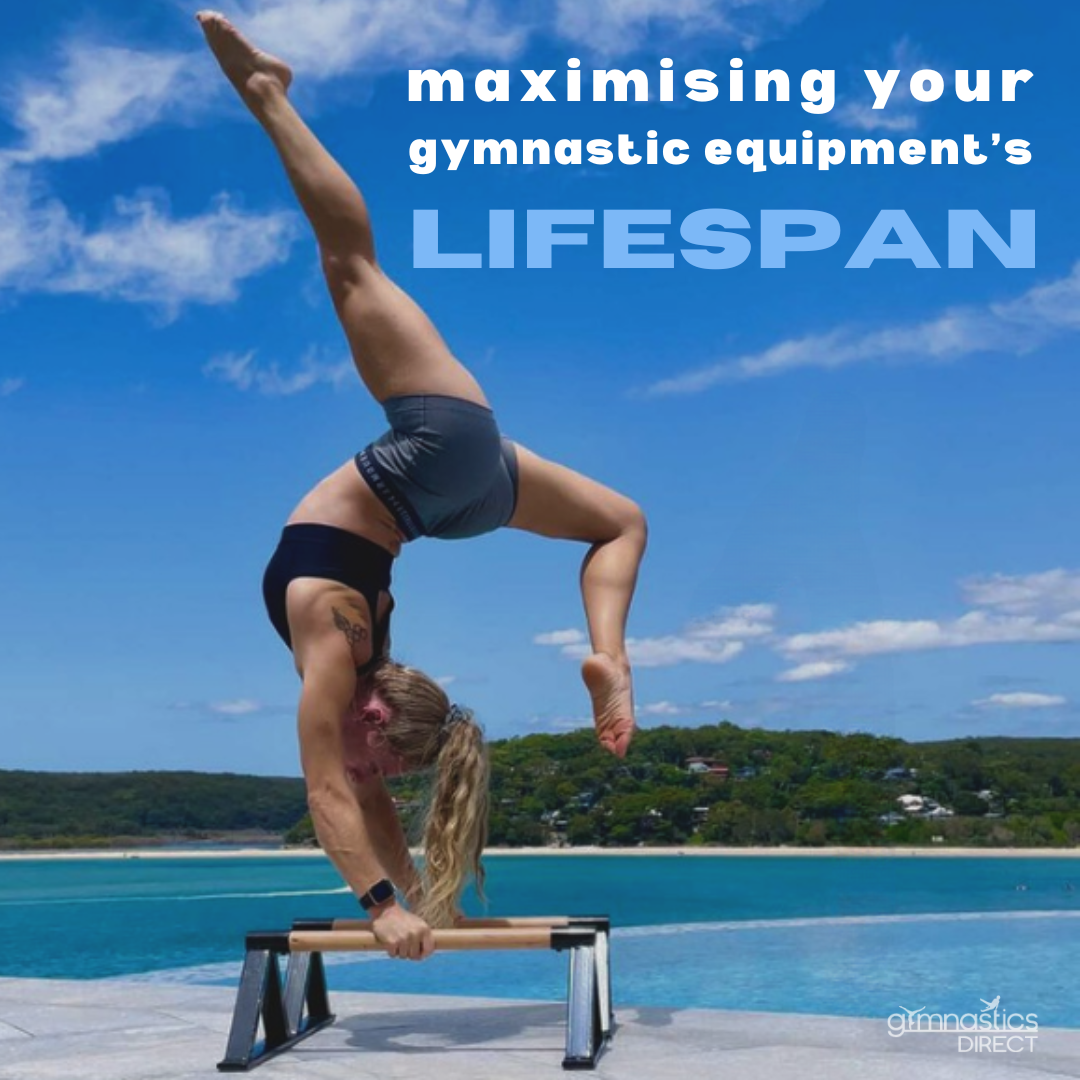
Maximising Your Gymnastic Equipment's Lifespan
March 08, 2024 2 min read

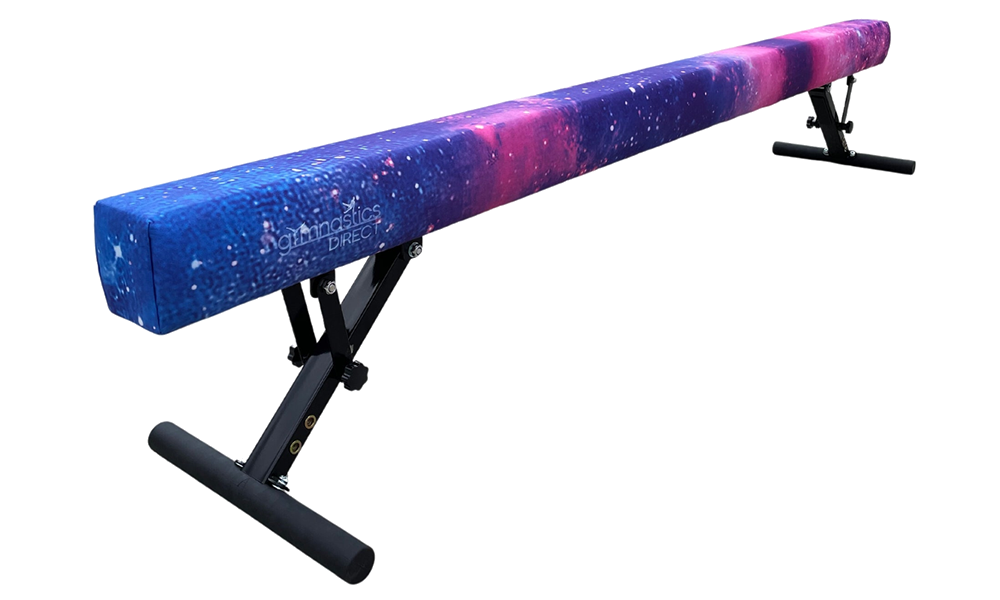
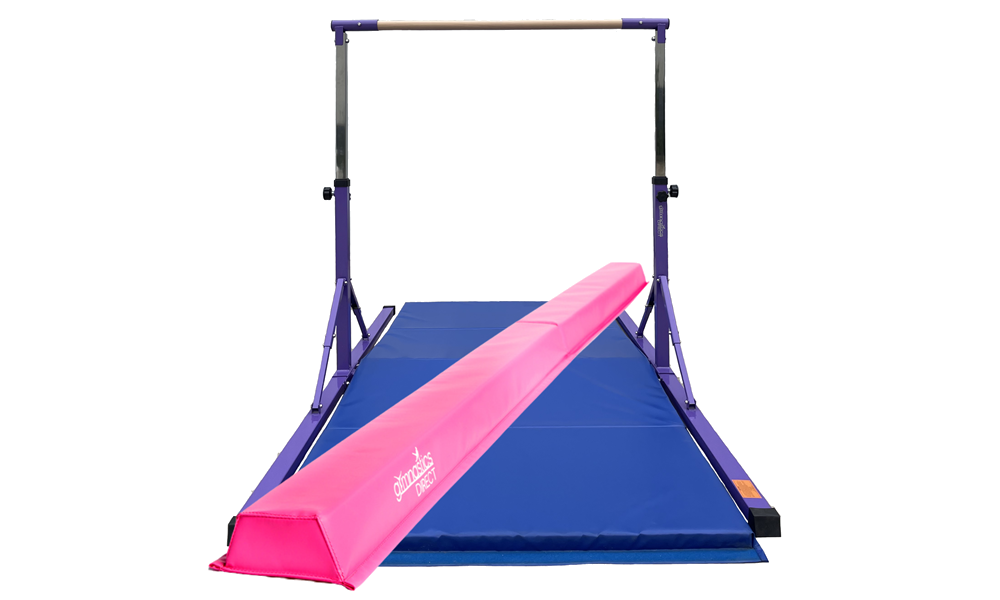
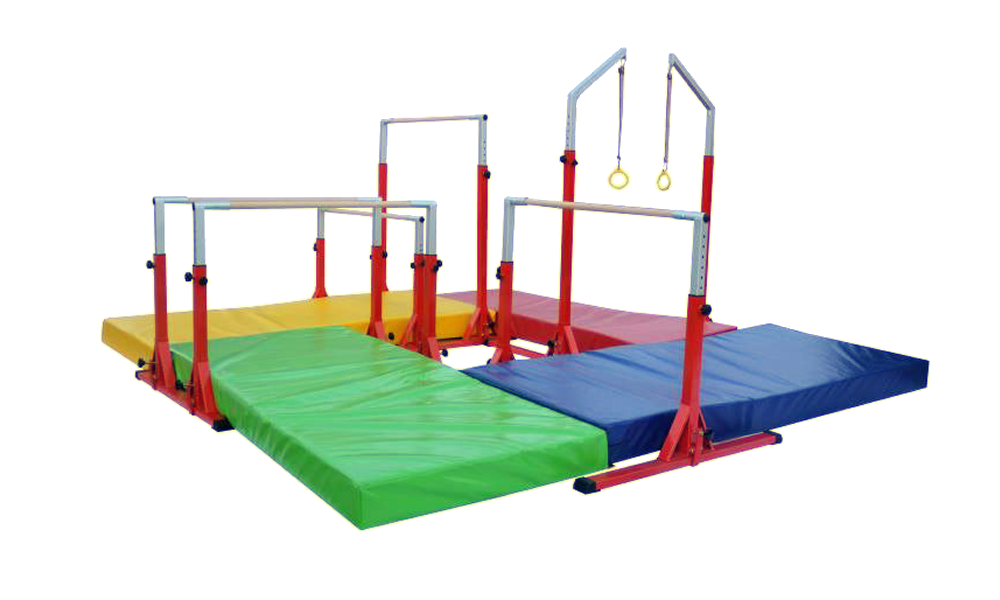
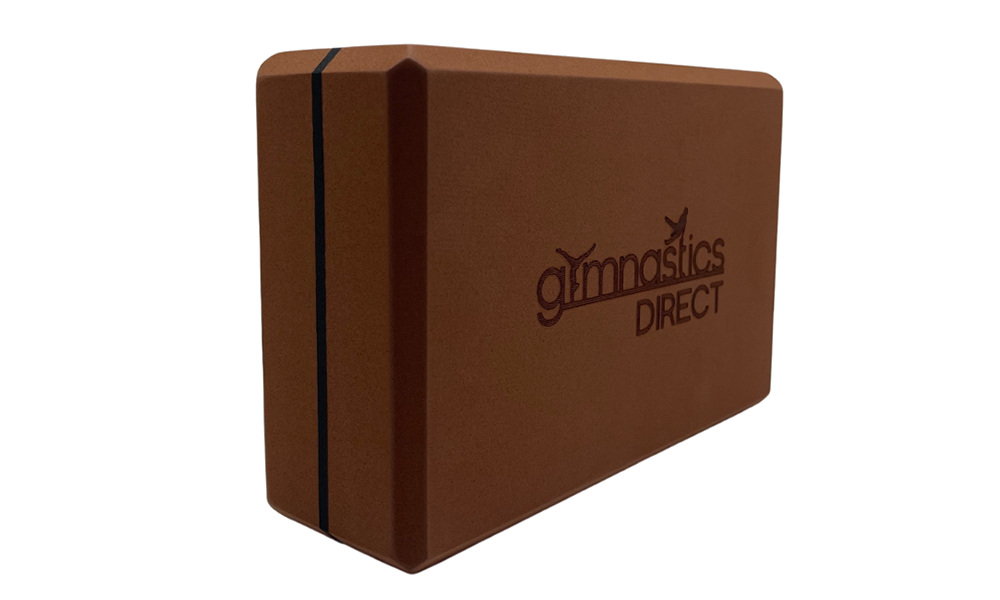
Kylie
August 19, 2021
Perfecting a handstand and staying upright.